Wayne County Historical Society of Ohio


This is the main building
where you start the tour.
where you start the tour.

Beall House Interior
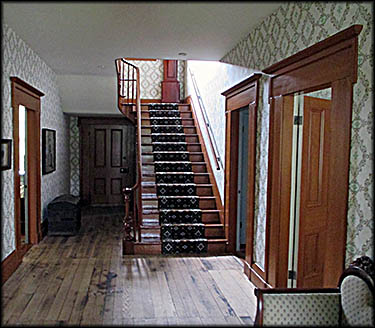
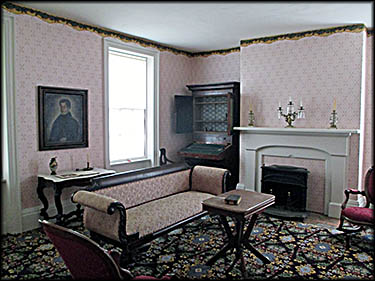
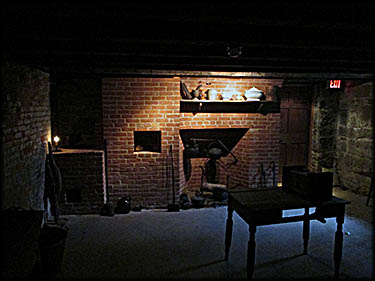
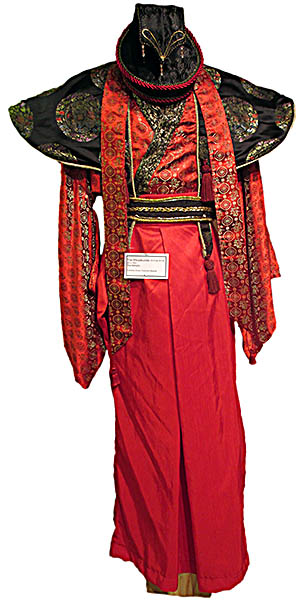
This costume was used in the Ohio Light Opera’s production of The Mikado in 2008, 2012 and 2016. It was designed by Charlene Gross and can be seeing at the Wayne County Historical Society--at least until the exhibit ends on October 31, 2018.
I’ve driven past Wooster, Ohio, many times but never into its downtown area. It is into this I went while seeking out the Wayne County Historical Society of Ohio (WCHSO), and here I discovered a wonderland of locally owned restaurants, stores, and even a farmer’s market. The was, for example, an establishment that sells nothing but Rubbermaid products from which I bought a generous amount of containers because they are getting harder and harder to find in big box stores such as Target.
Had I been aware that Wooster is home to the College of Wooster, a liberal arts school, I would’ve have come to this city much sooner. Liberal arts colleges tend to attract creative people and have a habit producing culture otherwise absent from the typically conservative small towns of Ohio. Wooster hosts, for example, an all day jazz festival which I missed by a week. A real pity because finding live jazz in Ohio is no easy thing, and a daylong festival unheard of.
For the past forty years the College of Wooster has put on the Ohio Light Opera, a theatrical group that mainly performs musicals. While I rarely go to stage shows, those I’ve seen were done by amateurs whom one can hardly expect to come close to producing the quality you would see in professional plays. Yet the Ohio Light Opera has reached that level. Its productions could easily appear on Broadway or the West End in London. While I haven’t seen a performance, I have gazed upon the costumes, posters, and photos of the shows, which is plenty to back up this assertion. Currently on display at the WCHSO are numerous costumes from the show’s past that look as if they belong on the set of a Hollywood movie. Impressive is not strong enough a word to describe them.
Had I been aware that Wooster is home to the College of Wooster, a liberal arts school, I would’ve have come to this city much sooner. Liberal arts colleges tend to attract creative people and have a habit producing culture otherwise absent from the typically conservative small towns of Ohio. Wooster hosts, for example, an all day jazz festival which I missed by a week. A real pity because finding live jazz in Ohio is no easy thing, and a daylong festival unheard of.
For the past forty years the College of Wooster has put on the Ohio Light Opera, a theatrical group that mainly performs musicals. While I rarely go to stage shows, those I’ve seen were done by amateurs whom one can hardly expect to come close to producing the quality you would see in professional plays. Yet the Ohio Light Opera has reached that level. Its productions could easily appear on Broadway or the West End in London. While I haven’t seen a performance, I have gazed upon the costumes, posters, and photos of the shows, which is plenty to back up this assertion. Currently on display at the WCHSO are numerous costumes from the show’s past that look as if they belong on the set of a Hollywood movie. Impressive is not strong enough a word to describe them.
Having visited many museums run by small historical societies, I’ve found that most are usually interesting but they never obtain the quality one would see at a large museum with an annual budget in the millions. Small museums also tend to display whatever bric-a-brac they’ve accumulated over the years whether these artifacts are worthy of showing the public or not. Ancient trash dug up by archeologists might yield useful information about the past, but to the casual museum attendee they appear to be what they really are: trash. Because the WCHSO has an annual budget of just $30,000 with one paid employee who works six hours a week, you might think it would contain a lot of stuff not up to par with something that, say, the British Museum would put into a display case. You would be wrong.

The quality and quantity of objects that the WCHSO possesses is staggering. It has, for example, a taxidermy collection that would make the curator of the American Museum of Natural History in New York City envious. These animals have been lovingly restored by a volunteer who has also kindly removed the arsenic once used as a preservative. They are but a part of a new set of displays that begin in the main building’s basement and extend down a tunnel that takes you to the other side of the WCHSO grounds. Here are wonders I can’t believe were not on display before such as china plates produced by Wooster’s the short-lived Coxon Belleek China Company, objects from foreign lands brought back by local missionaries, a wide variety of pristine historical firearms, and an ever changing display of historical dresses.
Beyond this there is much to see. The centerpiece of the WCHSO grounds is the Beall (pronounced “Bell”)-Stibbs House. According to a large sign the WCHSO put up at the house’s back, the WCHSO administers it in partnership with the National Park Service. The house was built for General Reasin Beall and his wife, Rebecca Johnston. Inherited by their daughter, her and her husband Joseph Stibbs, the two lived here all their lives. Although I can’t find the exact date, sometime after their deaths the College of Wooster acquired the house and used it over the years for several different purposes, including as a girl’s dormitory. It is being returned to what it looked when the Beall and Stibbs families occupied it. In the basement, for example, its original kitchen has been restored.
No one is able to agree when the house was built. Our tour guide said it was under construction from 1824 to 1826. This is what the aforementioned large sign at back of the house also states. The WCHSO’s own website, on the other hand, says that it was built between 1815 and 1817. An Ohio Historical Marker found in front of the house claims it was built in 1816. This last source is probably erroneous given it contains a glaring mistake: it says General Beall served in Congress as a Republican in the Thirteenth Congress that met 1813–1814 despite the fact the Republican Party wasn’t founded until March 20, 1854. Possibly whoever wrote the sign’s text meant to say Beall was a Democrat because at this time members of that party were known as Democratic-Republicans. (A little known fact: the Democratic Party was originally called the Republican Party by its founder, Thomas Jefferson, and despite the fact the current Republican Party calls itself the Grand Old Party, or GOP, the Democratic Party is by far much older.)
Beyond this there is much to see. The centerpiece of the WCHSO grounds is the Beall (pronounced “Bell”)-Stibbs House. According to a large sign the WCHSO put up at the house’s back, the WCHSO administers it in partnership with the National Park Service. The house was built for General Reasin Beall and his wife, Rebecca Johnston. Inherited by their daughter, her and her husband Joseph Stibbs, the two lived here all their lives. Although I can’t find the exact date, sometime after their deaths the College of Wooster acquired the house and used it over the years for several different purposes, including as a girl’s dormitory. It is being returned to what it looked when the Beall and Stibbs families occupied it. In the basement, for example, its original kitchen has been restored.
No one is able to agree when the house was built. Our tour guide said it was under construction from 1824 to 1826. This is what the aforementioned large sign at back of the house also states. The WCHSO’s own website, on the other hand, says that it was built between 1815 and 1817. An Ohio Historical Marker found in front of the house claims it was built in 1816. This last source is probably erroneous given it contains a glaring mistake: it says General Beall served in Congress as a Republican in the Thirteenth Congress that met 1813–1814 despite the fact the Republican Party wasn’t founded until March 20, 1854. Possibly whoever wrote the sign’s text meant to say Beall was a Democrat because at this time members of that party were known as Democratic-Republicans. (A little known fact: the Democratic Party was originally called the Republican Party by its founder, Thomas Jefferson, and despite the fact the current Republican Party calls itself the Grand Old Party, or GOP, the Democratic Party is by far much older.)
The Beall-Stibbs House is just one of many buildings operated by and on the grounds of the WCHSO. Standing beside the main museum building is a carriage house containing, among other things, two authentic carriages and a reproduction of a 1903 Oldsmobile known as the curved dash Olds. Next to this is a large fire station. I asked our guide if this were moved here from somewhere else, and to my surprise he said it was built just a few years ago by the Wooster Fire Department as a museum designed display its history. The ground floor, a garage, contains a hand-pump engine, a horse-drawn ladder truck, several antique automotive fire engines, and in the very back a display of artifacts used by the local police department. The building’s upper floor is filled with firefighting equipment that includes but is not limited to coats, hoses, and oxygen masks. There is also a display of photos and newspaper clippings pasted to a series of boards set up so you can flip through them. My traveling companion said she couldn’t believe that one of the oxygen masks on display was used at all considering the small size of its tank. On the label of one of these was this text: “Do Not Use for Fire Fighting.” Since most firefighters were historically men and we males are notoriously bad about reading instructions, maybe it’s not all that surprising that no one noticed this little warning.
Next to the firehouse is a storefront that includes a dressmaker’s shop and a general store that, if memory serves me correct, is authentic. Within the is a collection of stereoscope glasses (the precursor of View Master) through which one can look at double image photos that appear three-dimensional. Farther down the row of buildings are two school houses. The larger has a bell that can be (and sometimes is) rung. The smaller one was at one point converted into a smokehouse until someone restored it back to original state. Between these stands a log cabin in which children are sometimes allowed to wash clothes using a washboard.
The WCHSO is a top notch stop for anyone who loves history. But be warned: you have to plan ahead. It is only open to the general public on Fridays and Saturdays from 1 to 4 p.m., and then only March through October. You can visit at other times by appointment. I suggest coming here during the July-August season of the Ohio Light Opera so you can see one of its shows. Unless, of course, you’re like me and can’t stand musicals.🕜
The WCHSO is a top notch stop for anyone who loves history. But be warned: you have to plan ahead. It is only open to the general public on Fridays and Saturdays from 1 to 4 p.m., and then only March through October. You can visit at other times by appointment. I suggest coming here during the July-August season of the Ohio Light Opera so you can see one of its shows. Unless, of course, you’re like me and can’t stand musicals.🕜
Beall House Exterior
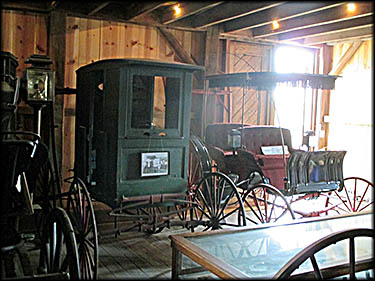
Carriage House

Schoolhouse
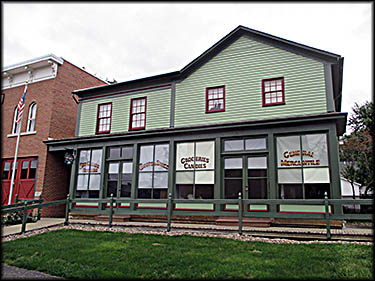
Various Stores
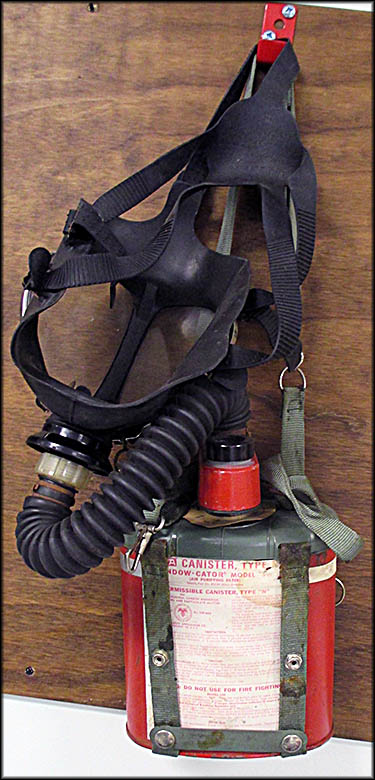

This is on display at the firehouse. The local fire department placed objects from what they once used. If that is the case, they failed to read the label on this oxygen mask (blown up right below the main photo).

Ohio Light Opera Costume Display